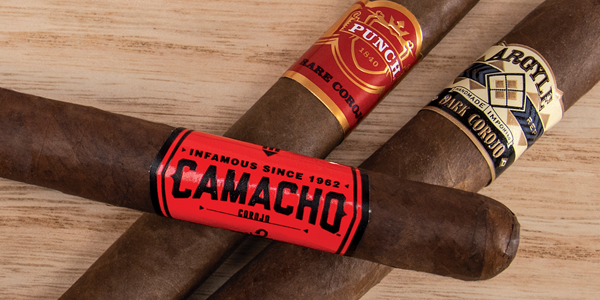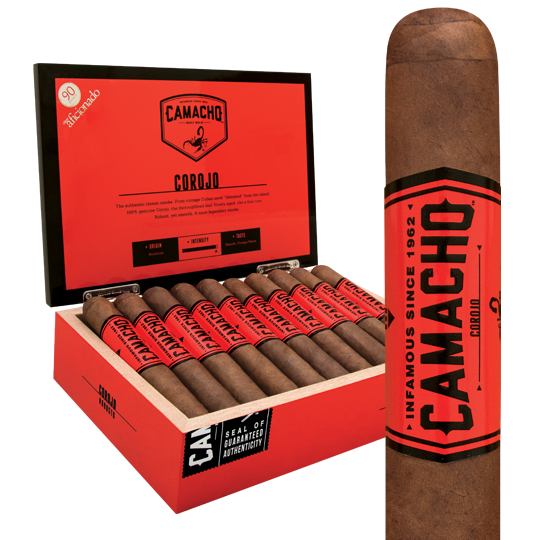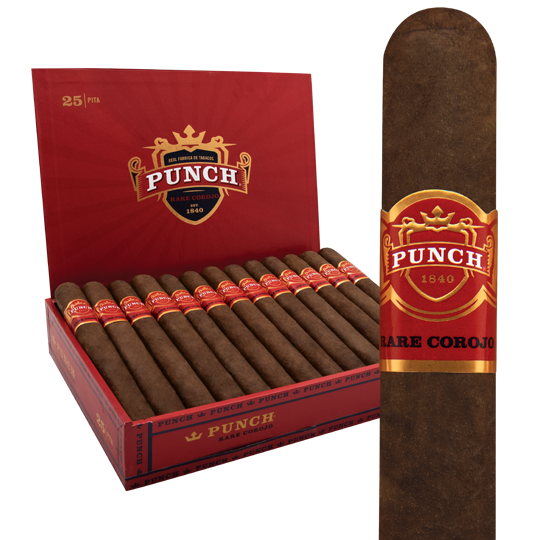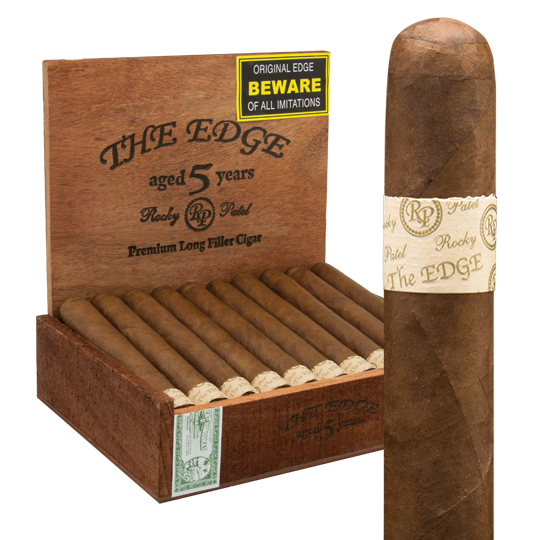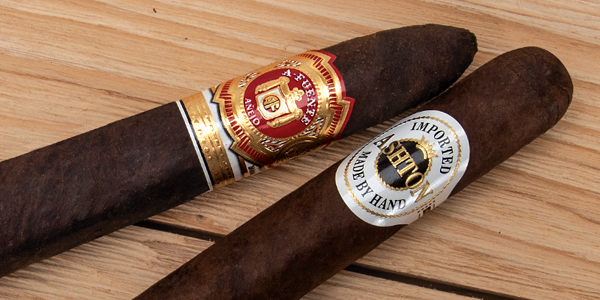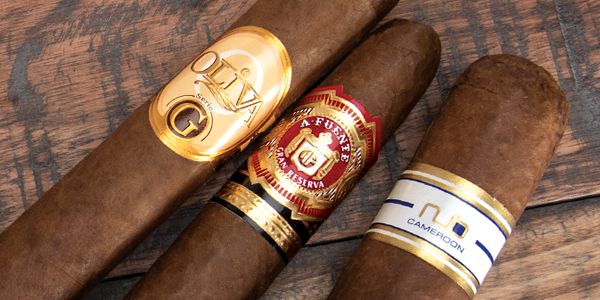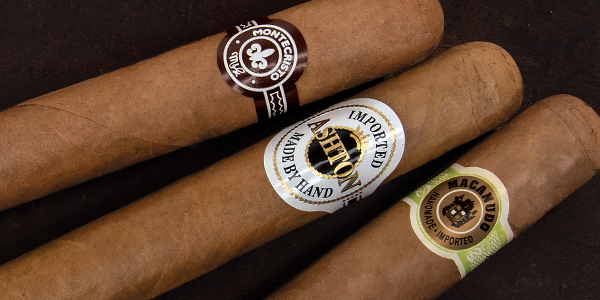All About Corojo Wrappers
You know, sometimes I think that just about all these articles about cigars should really start with, “Thank a Cuban.” In this case, it would start, “Thank a Cuban for the Corojo cigar wrapper.” Yes, that too was originated in Cuba, specifically in the western province of Pinar del Rio where most of Cuba’s best tobacco is grown.
Only the Beginning
The word Corojo refers to a variety of palm tree found in Cuba, but like so many things in Cuba, the Corojo leaf’s name comes directly from the farm on which it was originally grown, which may have had many of the trees on it. And like so many things in the cigar world, family is key. In this case, the farm was called Santa Ines del Corojo near the town of San Luis in Pinar del Rio. The farm belonged to Diego Rodriguez, but the leaf was made great by Diego’s son, Daniel Maria Rodriguez. Daniel paid infinite attention to detail and closely supervised the entire process of growing, curing and grading to find the best wrapper leaves. Corojo became very successful globally and garnered more than three times the price that other wrapper varietals commanded in pre-Castro Cuba. Daniel’s sons later grew the Corojo in Havana, Nicaragua, and Florida for a short time.
After Fidel Castro took power, the Rodriguez family fled Cuba and never grew tobacco again, but did become owners of one of South Florida’s largest produce businesses. Some people can just grow things.
Flavor
Corojo was used exclusively as wrapper leaf on Cuban cigars. It was prized for its spice. The wrappers were oily and silky. Between 1930 and 1990, Corojo was used in virtually all Cuban cigars, regardless of brand or factory.
Disease
Corojo tobacco leaf was always susceptible to many diseases, particularly blue mold (turns the plants dark or brown and they die) and black shank disease (which wilts and stunts plants). This weakness in the variety eventually led to the development by Cuban genetic engineers of hybrid forms of Corojo that would be more resistant to disease. The last pure Corojo seeds were planted in Cuba in 1997. Corojo was dead. Long live the hybrid Corojos.
Hybrid Corojos
Today, Corojo varieties exist in different countries, especially in Honduras.
Honduran Corojo is spicy and sweet and carries significant complexity. Camacho Corojo is an excellent example of how good – and strong – this hybrid Corojo can be. The Camacho Corojo Robusto, 5 x 50 (around $8.00), is a full-bodied, spicy cigar with all-Honduran filler, much of it Ligero. There is just tons of earth, peppers and a long, leathery finish here. The Punch Rare Corojo Champion, a Figurado, 4.5 x 60 (around $6.00) is a distinctive cigar that’s medium-full, a bit milder than the Camacho, but has a lot of complexity. Stuffed with Honduran and Nicaraguan filler, you get nutmeg and cedar in every puff. This is one of the most successful Punch cigars ever launched. The Punch Signature comes in a chubby Robusto (5 x 54; $7.00-$8.00) and is perhaps a bit mellower than other Corojo cigars due its use of Dominican filler. A complex and spicy finish emerges. One of Rocky Patel’s bestselling cigars is The Edge. This is a spice bomb. The Robusto Corojo, 5.5 x 50 (around $6.00-$7.00), is a great size to try in this full-bodied smoke with Nicaraguan filler. Plentiful spices and a bit of sweetness characterize the Maduro version
Habano 2000 is a cross between Corojo and a milder Cuban tobacco that is more resistant to disease. The hybrid was created after Corojo fell to blue mold. The seeds have made their way to Ecuador, Nicaragua, and Honduras. Avo Heritage is a good example of Habano 2000, which is made with an Ecuador Habano wrapper. There’s a distinct chocolate note. The Avo Heritage Robusto, 4.875 x 50 ($9.00), is a medium-full Ecuador Habano-wrapped cigar combining Dominican binder and filler tobaccos. This is a tasty cigar with flavors of cocoa, leather, cedar, and espresso along with sweet spices coming through.
Corojo ’99 was one of the Cuban-engineered hybrids that is now also planted in Ecuador, Nicaragua, and Kentucky. Kentucky? Yep. A version of the Corojo ’99 is being planted in parts of western Kentucky and used in cigars.
Nicaraguan Corojo ’99 is a transplant from Ecuador of the original Corojo ’99. Joya de Nicaragua Antaño Dark Corojo is a standard-bearer for this tobacco. The Poderoso Torpedo, 6 x 54 (less than $10.00), is probably Joya’s strongest. The wrappers are extremely dark and contain quite spicy Nicaraguan filler. Intense black pepper, earth, and cedar notes also come through.
Mexican San Andrés Corojo is made in very limited quantities and is distinctive for its dark reddish-brown hue. This variety often contributes a bit of nuttiness to the flavor. The Room 101 Master Collection Papi Chulo, 4 x 42 (about $140 for a box of 50), is short, but full of Nicaraguan and Honduran tobaccos. The wrapper combines with the fillers to give you fresh pepper, coffee, and cedar notes at a real bargain while supplies last.
For amazing flavor at an everyday value, consider Argyle Dark Corojo. It’s handmade in the Dominican Republic in an excellent collection of shapes that bear notes of oak, leather, and black pepper.

